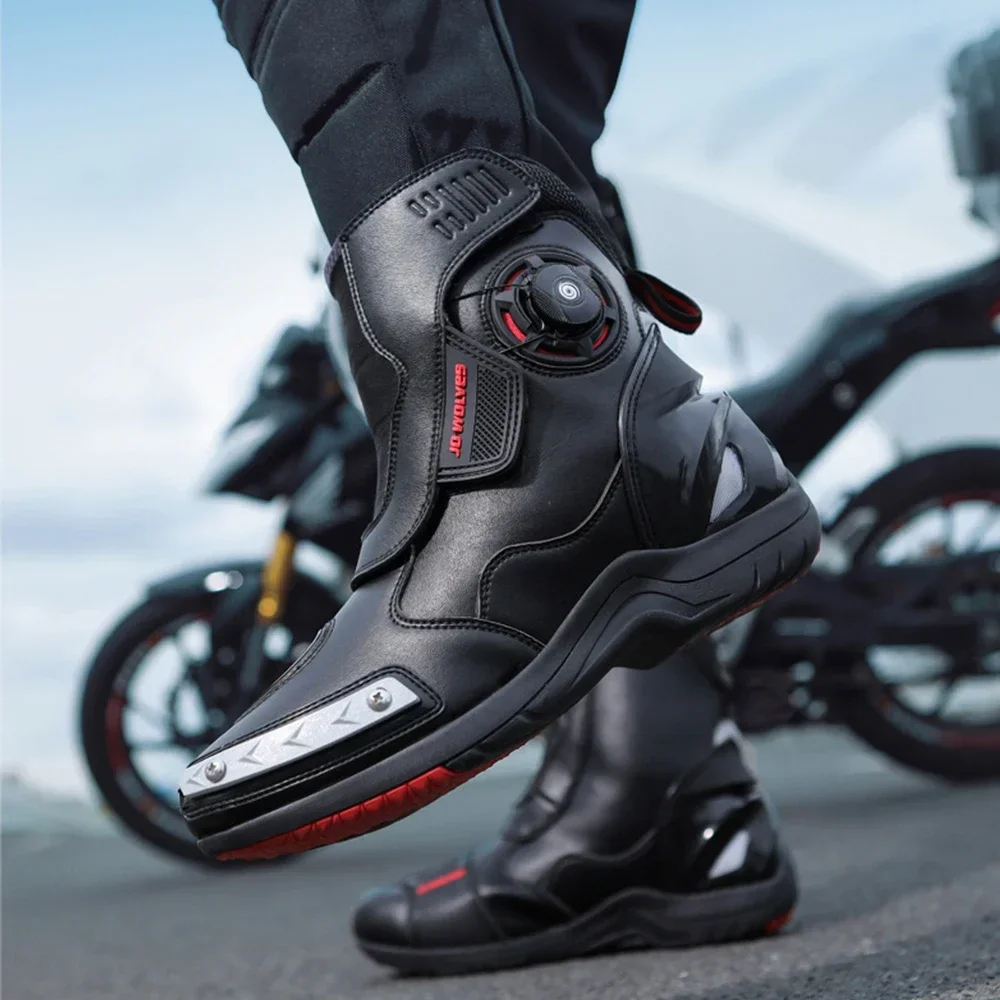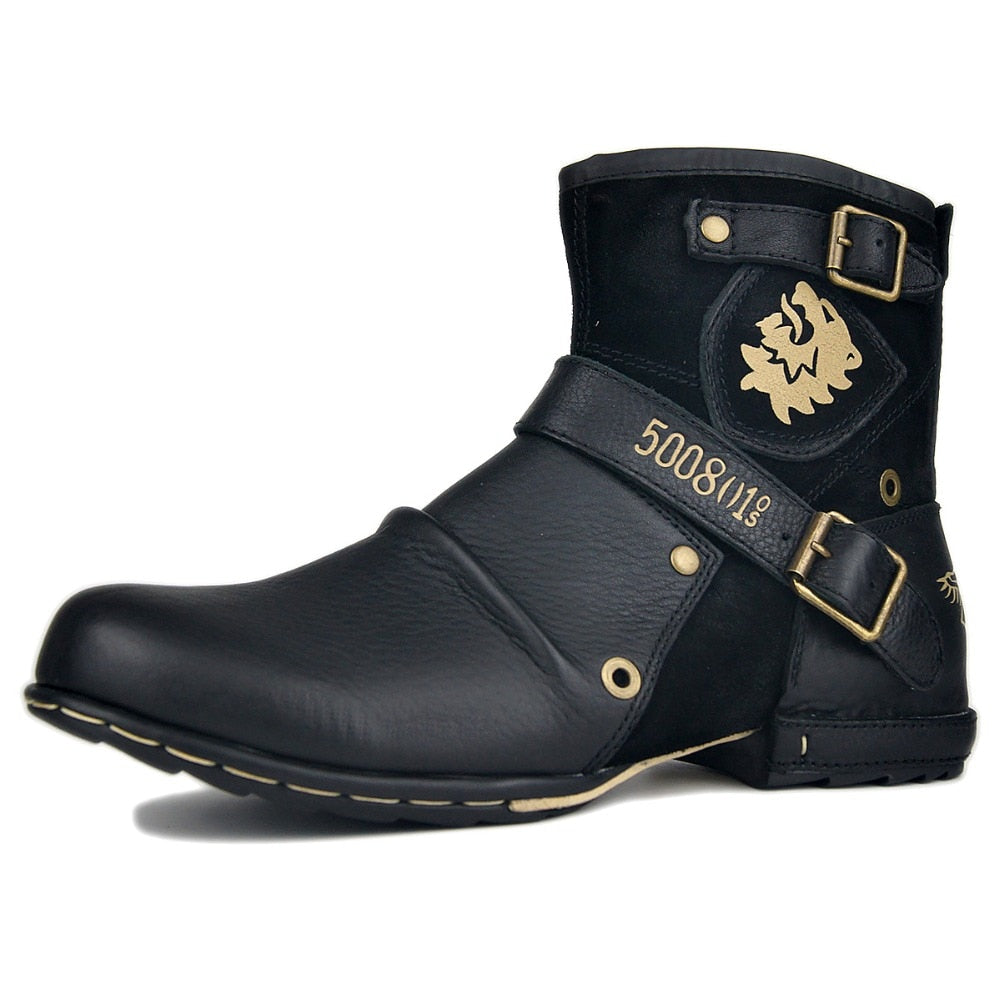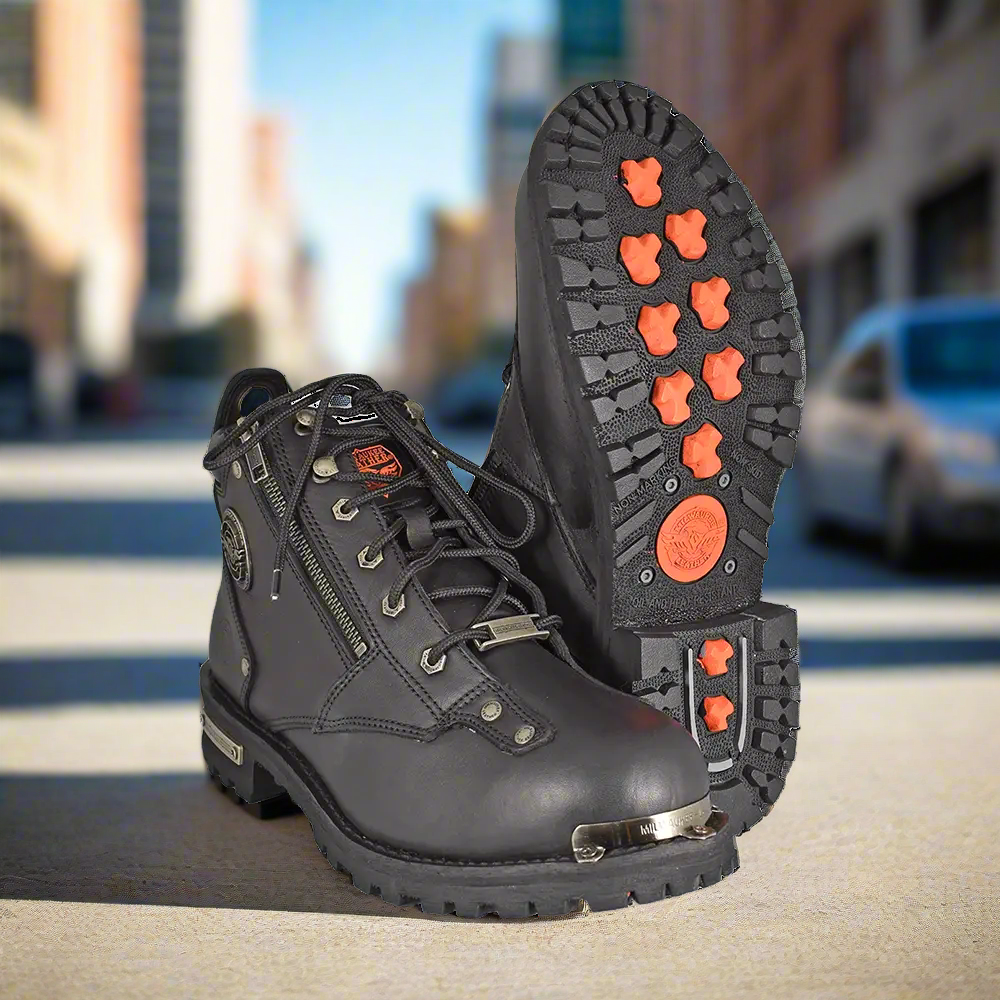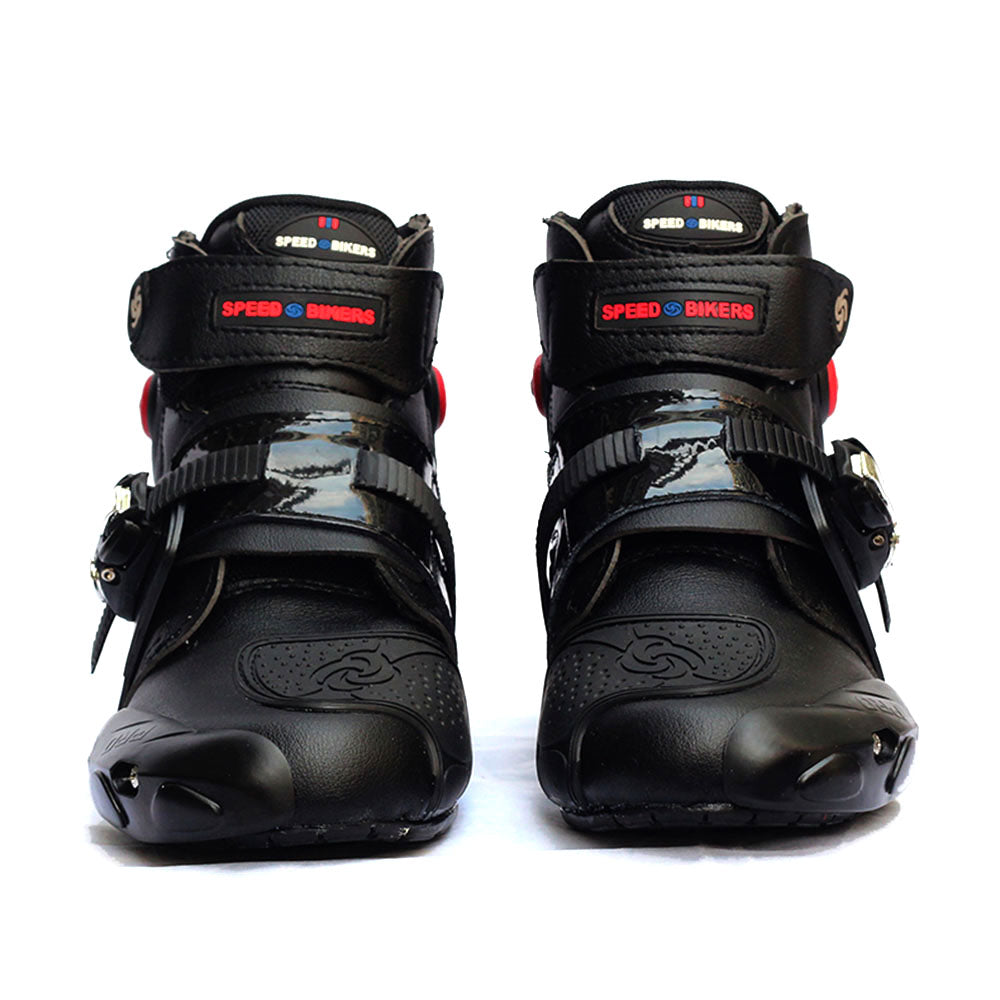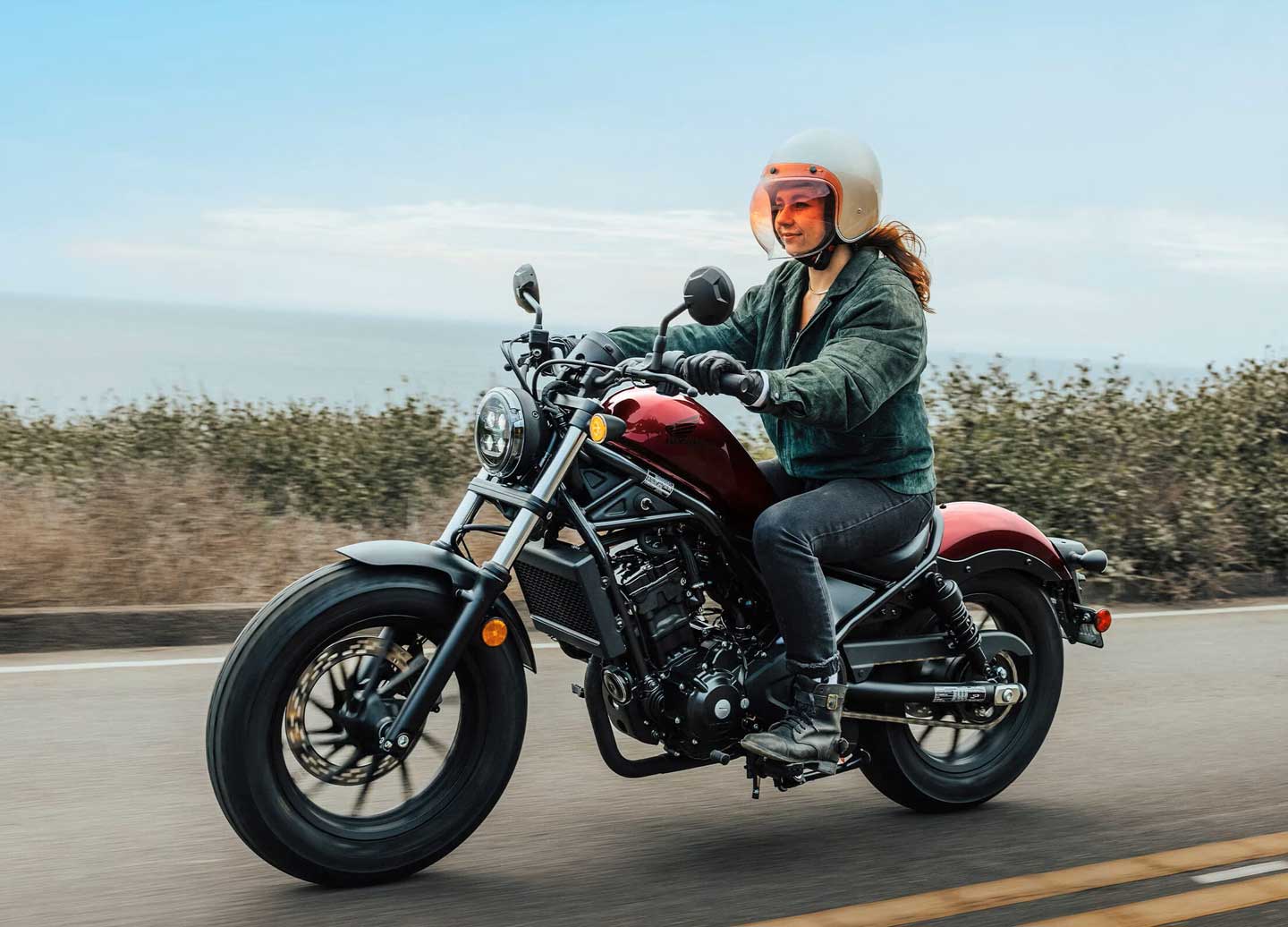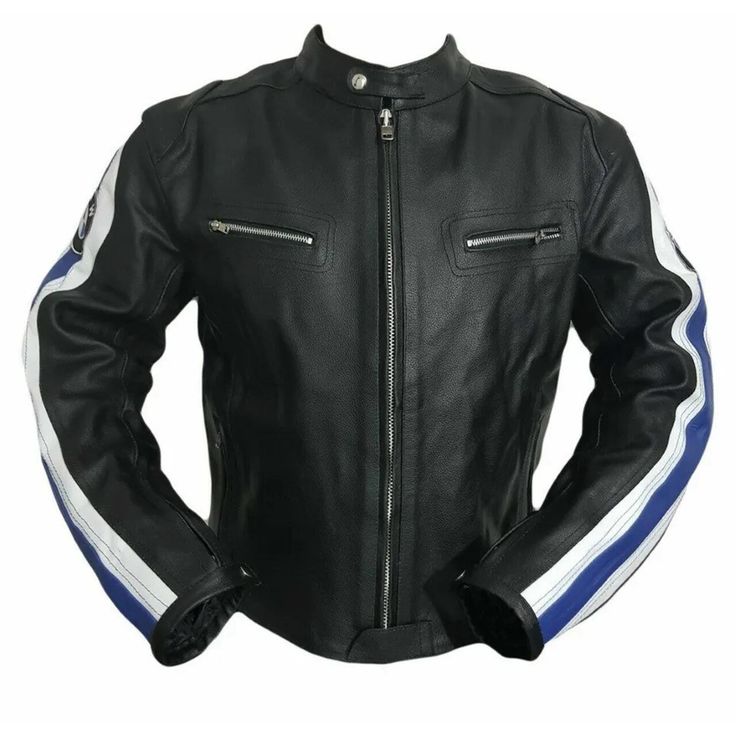The Purpose of Motorcycle Boots for Men
Motorcycle boots for men play a crucial role in a rider’s gear. They aren’t just about style, although that plays a part too. These boots provide vital protection for your feet and lower legs. The tough materials used in their construction can help prevent injuries in the event of an accident. Moreover, the sturdy build of these boots can defend against road debris and minor scrapes.
While riding, your feet are among the most vulnerable parts of your body. They face the possibility of getting hurt from flying rocks, hot engines, or friction burns. Motorcycle boots shield them from these dangers. Also, the soles of these boots offer superior grip. This can be especially useful when stopping on slippery or uneven surfaces. These features make motorcycle boots for men more than just an accessory; they are a necessity for any serious rider.
The Anatomy of a Motorcycle Boot
Understanding the anatomy of a motorcycle boot helps in appreciating its value. The key elements typically include a reinforced toe box, ankle protection, and non-slip soles. These features come together to create a protective shield around your feet. The toe box, for instance, guards against impacts and abrasion. Many boots include steel or composite reinforcements in this area. This boosts both safety and durability.
Additionally, ankle protection is another vital feature. Special padding and sometimes Kevlar inserts fortify this area. They help to prevent sprains and fractures. This is exceptionally critical during minor slips or falls. Manufacturers also use high-quality materials like full-grain leather or advanced synthetics. These offer both durability and comfort.
Lastly, the soles of motorcycle boots are specifically designed. They often include patterns that enhance grip. This ensures that your feet stay securely planted on the bike’s pedals. Together, these elements provide not just safety but an improved riding experience.
Types of Motorcycle Boots for Men
Touring Boots
Touring boots are designed for long-distance travel. They offer comfort without sacrificing protection. These types usually feature a waterproof design. This is essential for riders who travel through varying weather conditions. Their construction is often more flexible compared to other boots. This flexibility helps in long rides where comfort is key.
Moreover, touring boots often come with added features like moisture-wicking linings. These linings keep feet dry and comfy during long trips. Some even offer adjustable straps and zippers for a tailored fit. Additionally, they provide ample ankle and shin protection. This makes them ideal for both short commutes and extended journeys.
Touring boots also often include reflective elements. This is a safety feature that enhances visibility in low-light conditions. Comfort, flexibility, and safety make touring boots an excellent choice for any long-distance rider.
Racing Boots
Racing boots are another popular category. These are tailored for high-speed, high-performance needs. Unlike touring boots, they are designed with maximum protection in mind. Racing boots often feature extensive armor. This includes reinforcements in the shin, ankle, and toe area. Such features help reduce injury risks during high-speed crashes.
Moreover, racing boots offer superior grip and control. Their soles are made from high-quality rubber compounds. This gives racers better contact with the bike’s foot pegs. Some models even incorporate air vents. These vents help to keep feet cool during intense track sessions. The aerodynamic design reduces drag, enhancing your racing performance.
These boots are usually less comfortable for everyday use. However, they excel in offering a high level of protection. For those looking to push their limits on the track, racing boots are a must-have.
Off-Road Boots
Off-road boots are designed for rugged, unpredictable terrains. These boots are indispensable for dirt bikers and adventure enthusiasts. Their design focuses on providing maximum protection against rough conditions. They usually feature rigid construction. Materials like full-grain leather and advanced synthetics are common. These materials provide the durability needed for off-road adventures.
Moreover, off-road boots offer exceptional ankle support. This support is crucial when navigating uneven terrains. The soles are often deeply treaded. This offers excellent grip on loose surfaces like mud and gravel. Additionally, off-road boots include extensive armor padding. This protects against impacts from rocks and other obstacles. Boot gaiters are another essential feature, keeping debris out.
Comfort is also considered. Some models come with adjustable buckles and straps, allowing for a more tailored fit. Therefore, off-road boots strike a balance between comfort and protection, ideal for adventurous riders.
Key Features to Look For
Material and Construction
The material and construction of motorcycle boots for men are critical factors. High-quality materials ensure durability and safety. Full-grain leather is a popular choice among riders. It offers excellent abrasion resistance and long-lasting wear. Modern synthetics are also gaining popularity. They can be just as durable and are often lighter. This weight reduction can improve your comfort during long rides.
Moreover, the construction method affects the boots’ overall quality. Double or triple stitching in high-stress areas is a good indicator of durability. Reinforced toe boxes and ankle protection should also be considered. These elements reduce the risk of injury. During a crash, these features can make a significant difference.
Additionally, consider the type of closure system. Laces, zippers, and buckles each offer their advantages. Buckles and zippers are quicker to fasten. On the other hand, laces allow for a more customized fit. Opt for boots that combine these closure systems for the best of both worlds.
Comfort and Fit
Comfort and fit are crucial for motorcycle boots. Even the best-protected boot won’t do much good if it’s uncomfortable. It’s vital that the boots fit well. Poor fit can lead to blisters and sore feet, making your ride miserable. Start by focusing on the boot’s footbed. A cushioned footbed provides better comfort for long rides. Some models offer custom orthotic options for added support.
Moreover, pay attention to the boot’s inner lining. Moisture-wicking liners keep your feet dry by drawing sweat away. This keeps your feet cool and reduces odor build-up. Adjustable features like straps and buckles can also make a difference. They allow for a more personalized fit, which is crucial for comfort.
Breaking in the boots before long journeys is also recommended. This ensures that the boots mold to your feet. Ultimately, finding a boot that offers both comfort and protection is the goal. A well-fitted boot enhances your riding experience significantly.
Safety Features
Safety is paramount when choosing motorcycle boots. The primary goal is to protect your feet and ankles. Look for boots with reinforced toe boxes. These protect your toes from impacts. Ankle protectors are also essential. These often include padded or armored inserts. They help prevent sprains and fractures.
Moreover, shin guards offer added protection. These guards safeguard against flying debris and impacts. Another critical safety feature is the boot’s sole. Look for high-traction, oil-resistant soles. They help you maintain grip on slippery surfaces.
Reflective elements can also enhance your safety. They improve visibility during low-light conditions. This is crucial for night riders. Additionally, look for boots with reliable closure systems. Secure closures prevent the boots from coming off during an accident.
Maintenance and Care
Cleaning Your Boots
Maintenance is vital for extending the life of your motorcycle boots. Regular cleaning is the first step in proper care. Always start by removing any dirt or debris. Use a soft brush or cloth to minimize surface scratches. For more stubborn dirt, a damp cloth works well.
Once cleaned, it’s essential to condition the material. Leather boots benefit from a quality leather conditioner. This keeps the material supple and helps prevent cracks. Synthetic materials also need attention. Use a specialized cleaner designed for synthetics. This ensures that the material retains its original properties.
Moreover, always let your boots air dry. Avoid placing them near direct heat sources. Excessive heat can damage the material and weaken adhesives. Regular cleaning not only keeps the boots looking good but also extends their lifespan. This regimen is especially important if you ride frequently.
Storing Your Boots
Proper storage is equally important in boot maintenance. Incorrect storage can lead to unnecessary wear and tear. Always store your boots in a cool, dry place. Avoid direct sunlight, which can cause fading and material degradation. If you own multiple pairs, consider rotating them. This reduces the wear on any single pair.
Use boot trees to help retain their shape. This is especially useful for leather boots. Boot trees prevent the leather from collapsing and wrinkling. Moreover, make sure to clean the boots before storing them. Dirt and debris can cause the material to degrade over time.
Furthermore, if your boots get wet, dry them thoroughly before storing. Avoid using direct heat to dry them quickly. Stuffing them with newspaper can help absorb moisture. Proper storage practices can significantly extend the lifespan of your boots. Ensuring they are ready for your next ride is crucial.
Conclusion
Motorcycle boots are essential for any serious rider. They offer crucial protection and comfort. Understanding the different types available helps you make an informed choice. From touring to racing and off-road, each type serves a unique purpose. Paying attention to material, construction, and fit ensures you get the best out of your boots. Regular maintenance and proper storage will extend their lifespan. Ultimately, investing in a good pair of motorcycle boots elevates your riding experience. Safety, comfort, and style all come together in this essential piece of gear.
